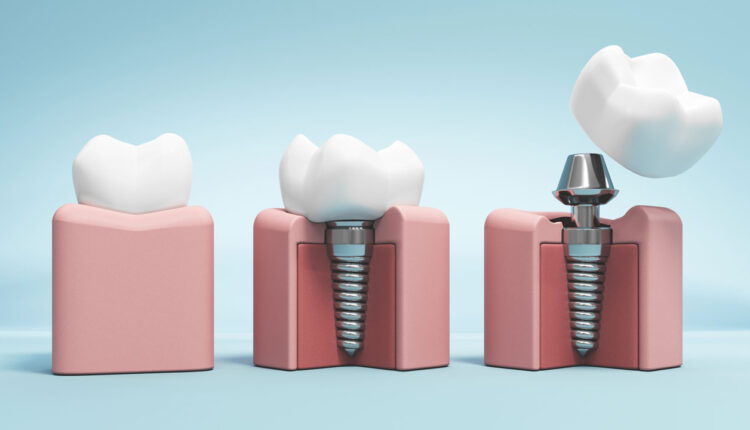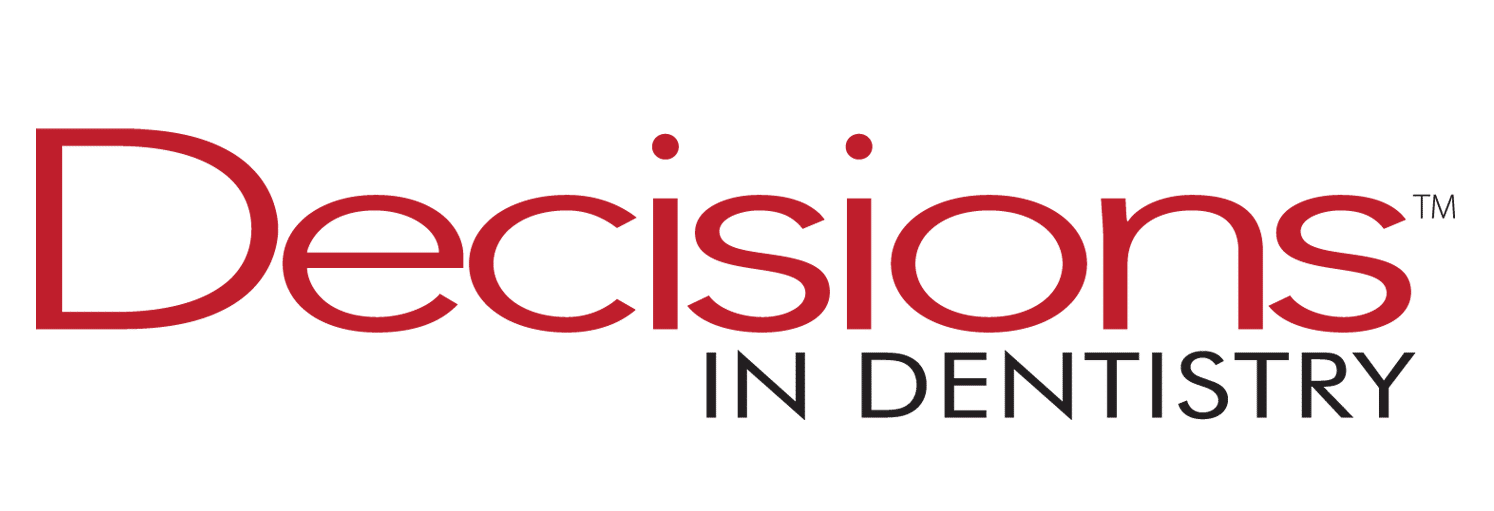
The Hidden World of Biofilms on Dental Implants
Biofilm formation on dental implants is a complex, patient-specific process that begins within minutes of implantation. This study uses advanced microscopy and gene sequencing to uncover the dynamic early stages of biofilm development, providing insights for better prevention and treatment of peri-implant infections.
Biofilm formation on dental implants represents a significant challenge for modern dentistry. These microscopic microbial communities begin forming almost immediately after implant placement, influenced by various factors, including surface properties and environmental conditions. While biofilms can coexist symbiotically with the host in a healthy state, disruptions in this balance often lead to peri-implant diseases, such as peri-implant mucositis (PIM) and peri-implantitis (PI).
The Process of Biofilm Formation
Once implants are placed in the oral cavity, they quickly become a hub for microbial colonization. Within minutes, a salivary pellicle — a protein conditioning film — forms on the implant surface. This pellicle acts as a scaffold for microbial attachment, with early colonizers such as Streptococcus and Actinomyces species initiating the process.
Over weeks and months, the biofilm matures, with a diverse array of microbial species forming a robust extracellular polymeric matrix. This matrix protects the bacteria from antibacterial treatments and the host’s immune defenses, making established biofilms highly resilient.
Peri-Implant Diseases
PIM is an early, reversible inflammatory condition affecting the mucosa surrounding a dental implant. If untreated, PIM can progress into PI, a more severe condition that compromises both soft tissue and bone, potentially leading to implant failure. The transition from PIM to PI is often driven by shifts in the biofilm’s microbial composition — a phenomenon known as dysbiosis.
In a recent study published in Nature, researchers investigated the dynamics of biofilm formation on temporary implant abutments in 12 patients. Using confocal laser scanning microscopy (CLSM) and high-resolution 16S rRNA gene sequencing, they observed biofilm development over 3 weeks.
Key findings include:
- Complex and Patient-Specific Biofilms: Each patient’s biofilm displayed unique structural and compositional features, emphasizing the role of individual factors in biofilm development.
- Early Colonizers and Microbial Succession: The initial biofilm consisted of Streptococcus and Actinomyces species, followed by the addition of genera like Veillonella, Prevotella, and Fusobacterium.
- Microbial Interactions: The study highlighted ecological relationships within the biofilm, where early colonizers created an environment conducive to the growth of anaerobic bacteria.
- Advanced Imaging and Sequencing: Combining CLSM with gene sequencing allowed researchers to link biofilm structure to microbial composition, offering a comprehensive view of biofilm dynamics.
Clinical Implications
The study underscores the importance of early intervention in managing biofilms on dental implants. By understanding the mechanisms of biofilm formation, dentists can develop personalized strategies to prevent peri-implant diseases. This includes:
- Enhanced Diagnostics: Early detection tools that identify biofilm composition and structural changes.
- Preventive Measures: Improved implant surface designs to minimize microbial adhesion and colonization.
- Targeted Therapies: Treatments tailored to disrupt biofilm dynamics without harming surrounding tissues.
The Road Ahead
Despite the study’s advancements, several questions remain. The role of specific microbial species in biofilm development and dysbiosis is not fully understood, highlighting the need for further research. Additionally, exploring the impact of individual genetics and environmental factors on biofilm composition could pave the way for more effective interventions.
This pioneering research offers a detailed look at the early stages of biofilm formation on dental implants, providing valuable insights into the complex interplay between microbes and their host. By leveraging advanced imaging and sequencing technologies, the study opens new avenues for diagnosing, preventing, and treating peri-implant diseases.
For dentists, understanding the dynamic nature of biofilms is critical to ensuring the long-term success of dental implants and safeguarding patient health. Click here to read more.


